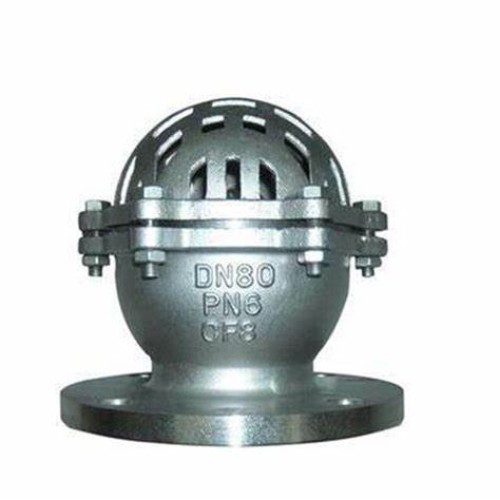check valve pipe
Understanding Check Valve Pipes Essential Components for Fluid Control
In the realm of fluid dynamics and piping systems, the check valve is a crucial component that ensures the proper flow and management of fluids. Specifically designed to control the direction of fluid flow, check valve pipes play an essential role in preventing backflow, which can lead to a myriad of problems in various applications, from industrial systems to residential plumbing.
What is a Check Valve?
A check valve, also known as a non-return valve, is a mechanical device that allows fluid (liquid or gas) to flow in one direction only. The key feature of a check valve is its ability to automatically prevent the reverse flow of fluid through the pipeline, which is vital for maintaining the efficiency and safety of fluid systems. Check valves can be found in various designs, including swing check valves, lift check valves, and diaphragm check valves, each serving specific operational needs and environments.
Importance of Check Valve Pipes
The incorporation of check valves into piping systems offers numerous advantages
1. Prevention of Backflow One of the primary functions of check valves is to prevent backflow, which can contaminate fresh water supplies, damage equipment, and disrupt processes. In municipal water systems, for instance, check valves protect the integrity of drinking water by ensuring that wastewater cannot flow back into the supply.
2. Protection of Pump Systems In systems that rely on pumps, check valves are indispensable. By preventing backflow when pumps stop, check valves protect the pumping equipment from damage and help maintain system pressure. This feature is particularly critical in scenarios where pumps are turned off for maintenance or emergencies.
3. Fluid Management Check valve pipes facilitate the efficient management of fluids in multiple systems, including heating, ventilation, and air conditioning (HVAC). In these applications, check valves ensure that heated or cooled air flows in the desired direction without the risk of reversing flow, enhancing system performance.
4. Energy Efficiency By allowing fluid to flow only in one direction, check valves reduce energy consumption. This means that less energy is wasted moving fluids in the undesired direction, contributing to more sustainable and cost-effective operations.
Applications of Check Valve Pipes
Check valve pipes are widely used across various industries, including
check valve pipe

- Water Supply Systems In municipal water distribution networks, check valves prevent contamination and maintain water quality, ensuring that communities have access to clean water.
- Oil and Gas Industry Check valves are utilized in pipelines to prevent backflow that could damage pumps and other equipment. They are essential in maintaining pressure and ensuring the safe transport of oil and gas products.
- Chemical Processing In chemical manufacturing, check valves are used to manage the flow of hazardous substances, preventing backflow that could result in dangerous reactions or spills.
- Wastewater Treatment Check valves help to control the flow of wastewater through treatment facilities, ensuring that the treatment process runs smoothly and efficiently.
Selecting the Right Check Valve Pipe
Choosing the appropriate check valve for a specific application is paramount. Factors to consider include
- Type of Fluid The nature of the fluid being transported (liquid or gas, corrosive or non-corrosive) will impact the material selection for the valve.
- Operating Pressure and Temperature Each check valve has its own pressure and temperature ratings; it is crucial to select a valve that can withstand the operating conditions of the system.
- Installation Orientation Some check valves are design-specific for vertical or horizontal installations, making it essential to understand the installation requirements before purchase.
Conclusion
Check valve pipes are integral components in fluid systems, allowing for controlled and efficient fluid management while preventing backflow. Their applications span across many industries, underlining the importance of fluid dynamics in modern engineering. By understanding the function and importance of check valves, professionals can better design systems that are reliable, efficient, and safe. In a world where fluid transport is a cornerstone of infrastructure and industry, the role of check valve pipes cannot be overstated.
-
The Key to Fluid Control: Exploring the Advantages of Ball Valves in Industrial SystemsNewsJul.09,2025
-
The Versatile World of 1, 2, and 3 Piece Ball ValvesNewsJul.09,2025
-
Stainless Steel Ball Valves: The Ideal Choice for Efficient Flow ControlNewsJul.09,2025
-
Optimizing Fluid Control with Ball Float ValvesNewsJul.09,2025
-
Manual Gate Valves: Essential for Control and EfficiencyNewsJul.09,2025
-
Everything You Need to Know About Butterfly ValvesNewsJul.09,2025
-
The Versatility of Wafer Type Butterfly ValvesNewsJul.08,2025




